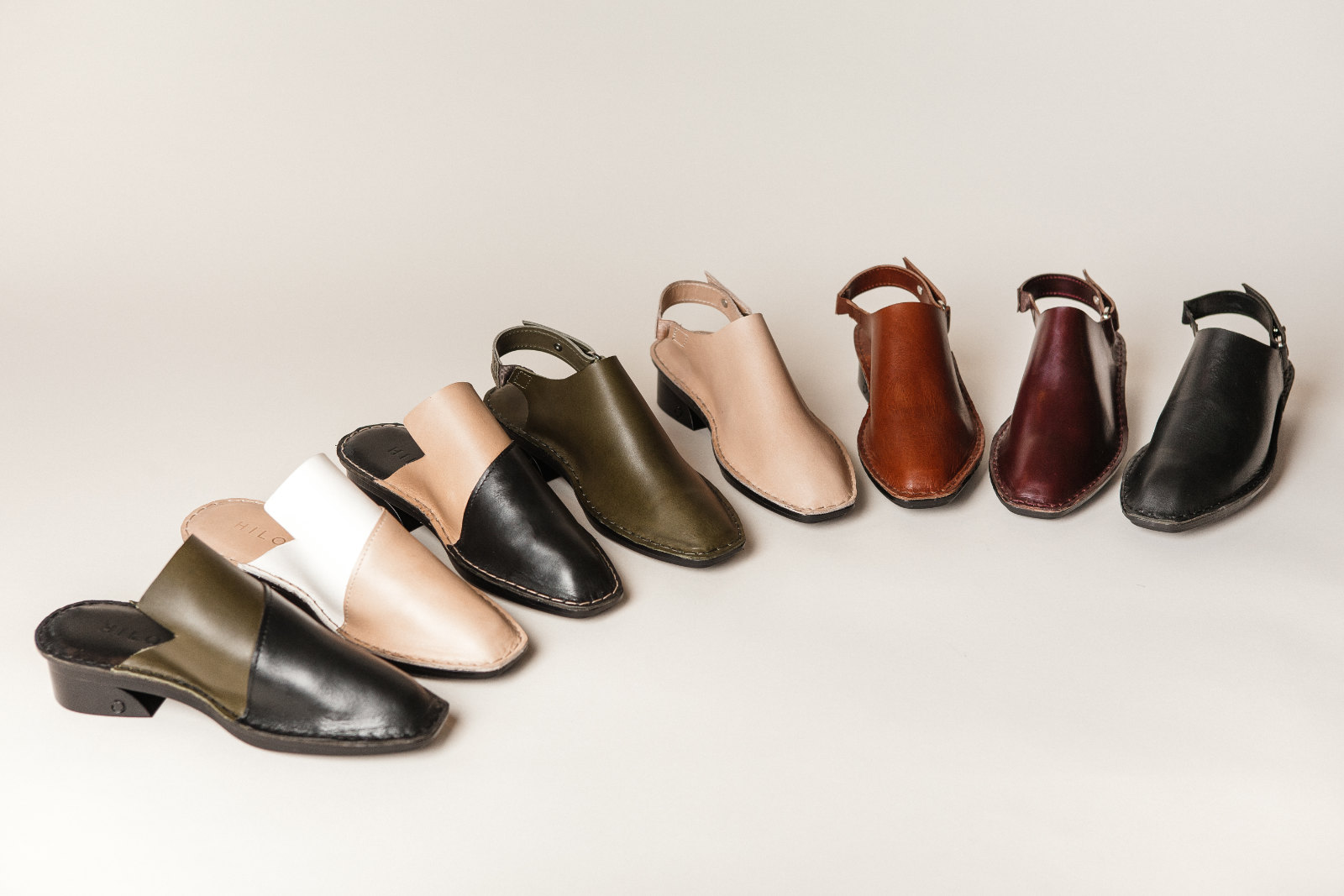
 Rethinking footwear
Rethinking footwearFASHION Hilos’s revolutionary 3D-printed approach to footwear disrupts the model, with a more environmentally friendly approach that sees a faster-to-market time, and greater investment back into quality. Jack Yan talks to its CEO, Elias Stahl
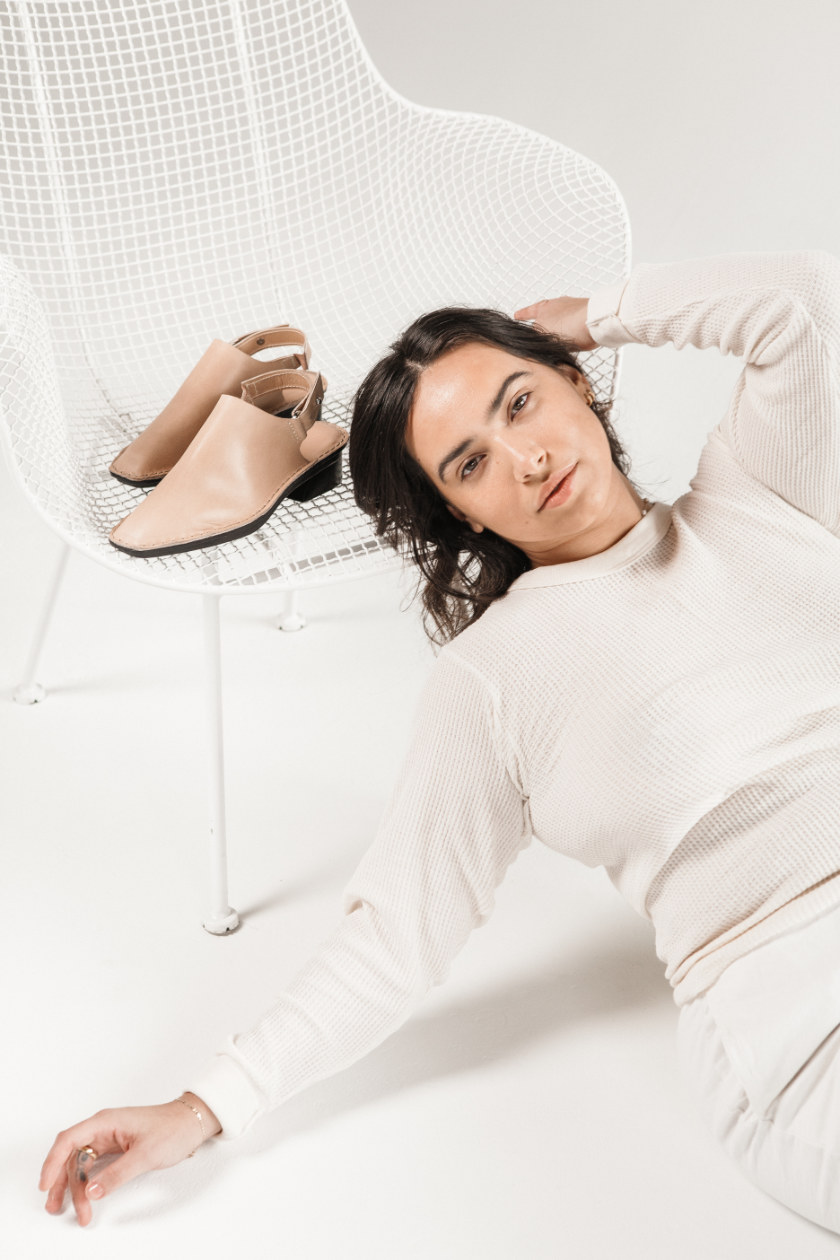
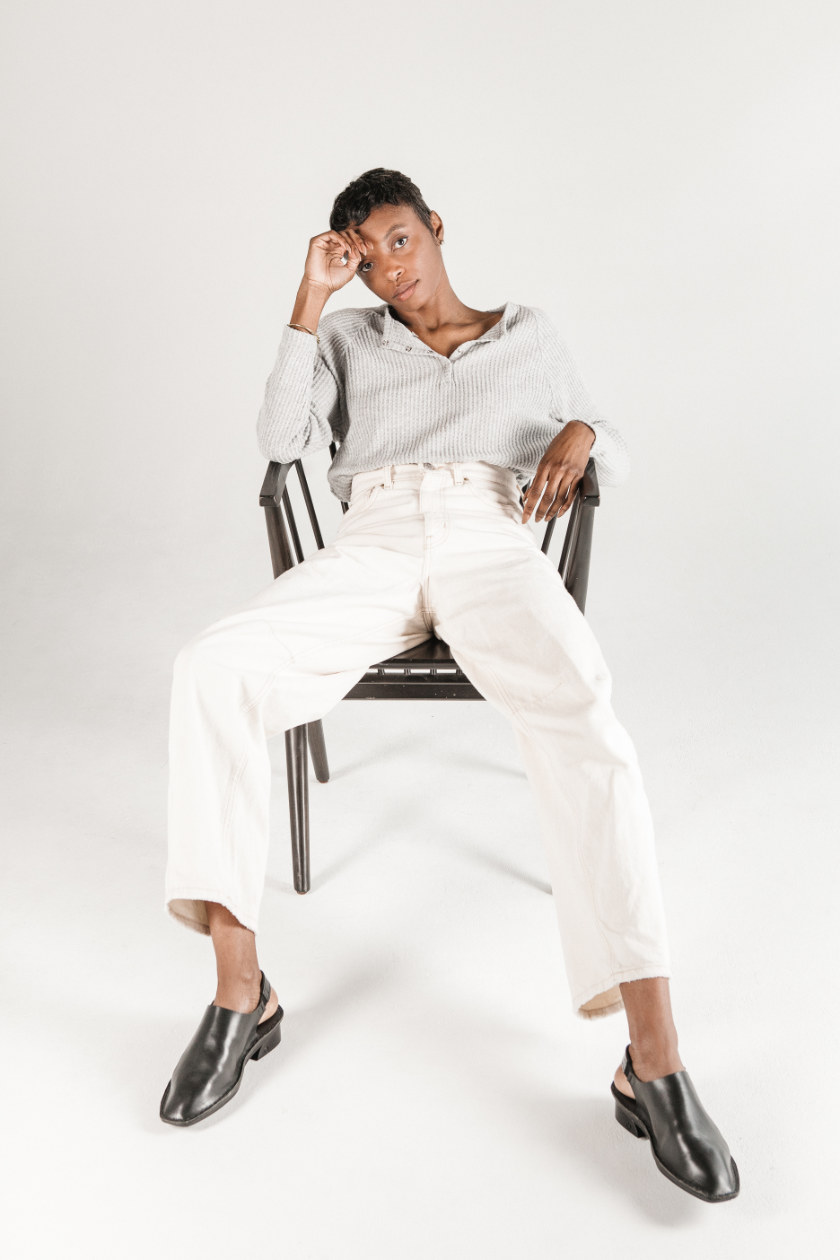
Rick Cortez

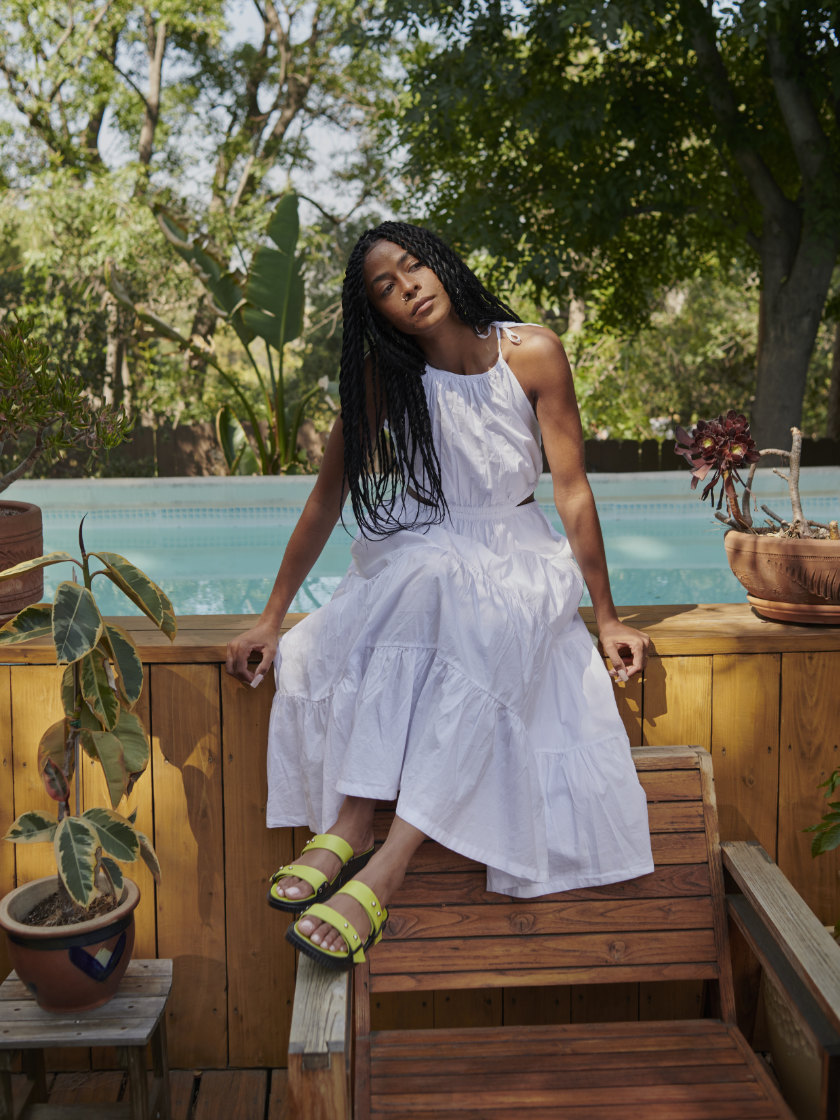
In the 2020s, it’s largely accepted that something that’s sustainable and environmentally friendly can look good. Hilos (hilos.co), with its 3D-printed footwear range, comprising clogs, mules, loafers, heels and sandals, is no exception. There is a pleasing, structural and creative design to Hilos’s range, with the heels and sandals catching our eye, and the materials are literally made for comfort. Order to completion takes just 72 hours.
However, it takes a slightly greater stretch of the imagination to understand how the process works.
Hilos’s on-demand approach makes sense: you aren’t left with unwanted inventory, which risks being wasted. The manufacturing process itself is theoretically simple, too: the 3D printer forms the thermoplastic polyurethane (TPU) parts by laser, and each part is then de-powdered and cleaned. The part is then smoothed and polished, and heads off for assembly.
In Hilos’s case, the insole, midsole, outsole, shank and heel are incorporated into a single, recyclable 3D piece, and this helps with the shoes’ durability. TPU also allows for some flexibility and spring.
Those unfamiliar with the process might imagine a 3D printer cutting out a shoe shape, with excess material going to waste. It’s actually not the case: a Yale study examining a pair of Helm by Hilos Emmett mules, and Hilos’s supply-chain partners (BASF, HP and AMT), found that over 98 per cent of material needed is recaptured, for a reuse rate of up to 80 per cent. A Hilos-only pair, one that is made exclusively by the company independently of a brand partnership, is probably even more environmentally sensible.
At the end of life, the shoes can be disassembled and fully recycled and renewed: the TPU can be ground up with no degradation and reused, and the vegetable-tanned leather can be used in other products. The wooden shoe boxes can be reused and repurposed. There’s even a note inside the box that’s made of wildflower seeds that can be planted.
The company acknowledges that its part costs are higher, and examining just the production of the outsole and midsole shows that 3D printing emissions are 10 to 17 per cent higher. However, once you factor in how Hilos’s shoes have fewer parts (five for Hilos, 65 for a typical legacy pair), and fewer assembly steps (12 steps versus 360), the total emissions are 48 per cent lower, even with its lower economies of scale.
Carbon dioxide drops from 21·5 kg per pair with legacy manufacturing, to 11·1 kg per pair with 3D printing, when considering cradle-to-cradle emissions; while water is reduced by an astonishing 99 per cent (over 6,000 ℓ is saved per pair). Even with higher wages paid to its Portland, Oregon-based workforce, Hilos saves on labour costs, because of its manufacturing process. Knowing the products are made in the US, rather than in Asia, gives customers some assurance that there is a far smaller chance that unfair labour practices are at play. With overhead reduced, the company invests more into quality, and the 3D process allows for more new designs to be created more quickly.
continued below
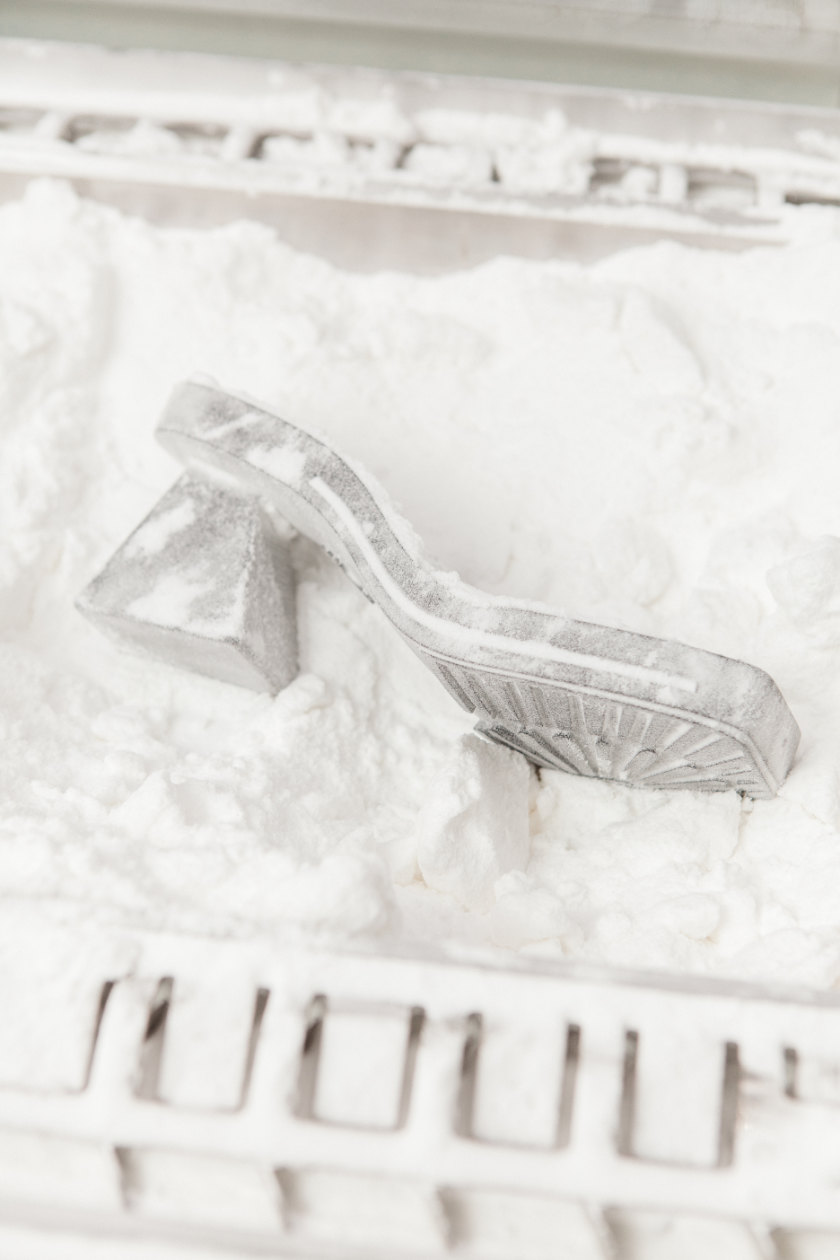
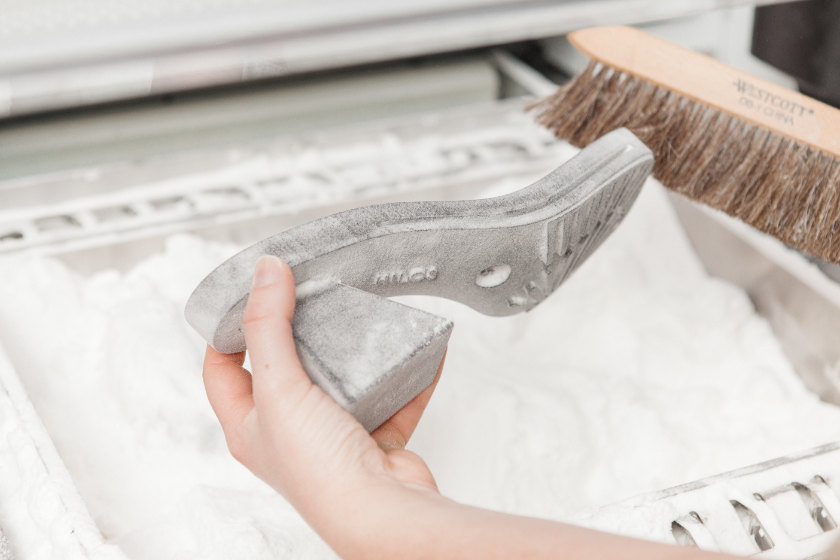

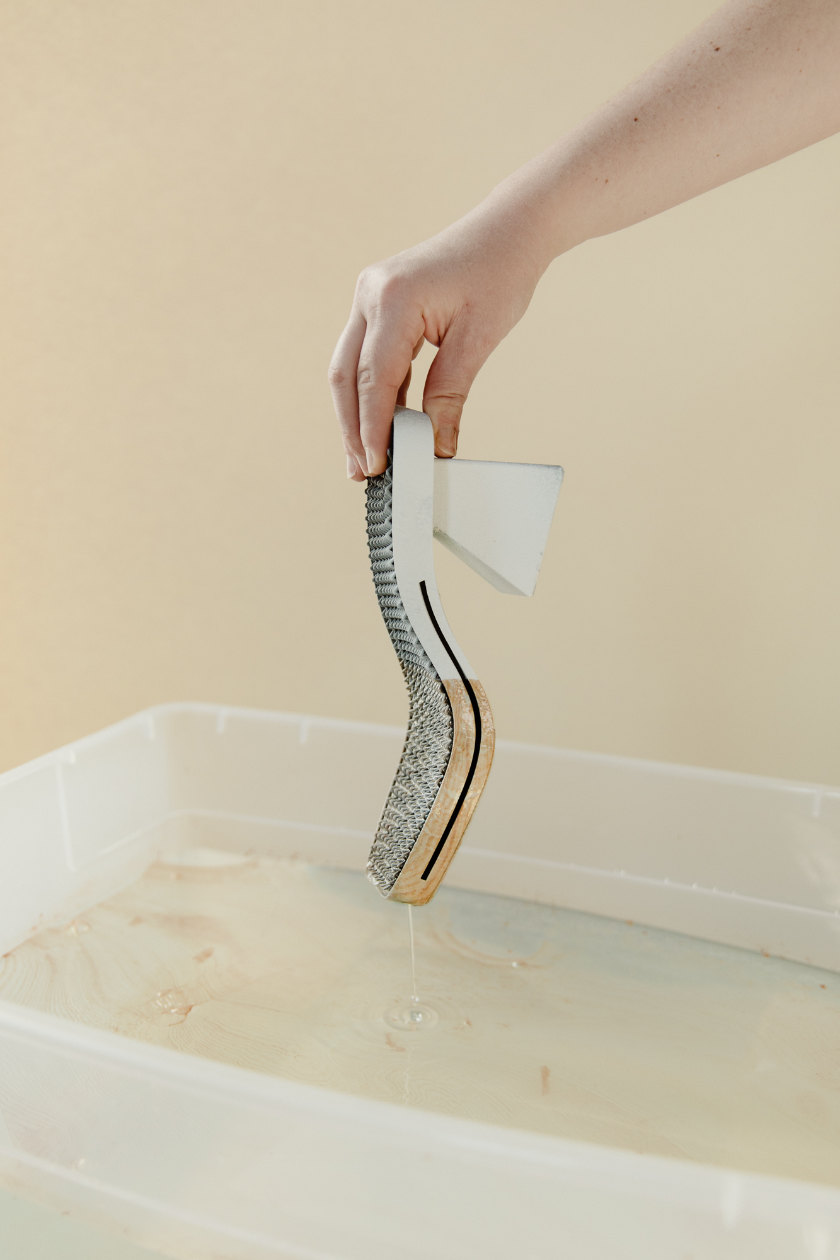
Nicholas Peter Wilson
Above: Part of the manufacturing process, including the formation of the sole from TPU. Below right: Gaia Giladi, co-founder and chief creative of Hilos.
 Elias Stahl is the CEO of Hilos, coming up with the initial idea, and sought a chief creative. After being introduced by a mutual friend, Gaia Giladi stepped into the role, and the two founded the company in Portland.
Elias Stahl is the CEO of Hilos, coming up with the initial idea, and sought a chief creative. After being introduced by a mutual friend, Gaia Giladi stepped into the role, and the two founded the company in Portland.
Stahl says, ‘I was always curious about the way things worked, which led to an interest in history and, eventually, strategy and economics. Once you’re aware of the staggering amount of waste we pay for every year, it’s hard not to become an advocate for a more sustainable approach. My co-founder is the fashion designer, I’m more the technologist, and we came together around a shared passion for a more sustainable planet.’
Portland made sense as a base: ‘Portland is the capital of footwear in the us, home to Nike, Adidas, UnderArmor, you name it. There’s such incredible footwear talent here, we couldn’t find a better home,’ Stahl explains.
Stahl attended the University of Toronto and originally graduated with a ba in history with honours, but then went on to Johns Hopkins University to pursue an ma in international economics and strategic studies, graduating again with honours. This helped give him the insight to see the industry for what it was: ‘It’s helped me to see the entire system of incentives that frames the status quo, to explain how we got to a place where we make 24 billion shoes every year and one in five go straight to the landfill. Once you understand how you got here, you can begin to plan a way out.’
As the technologist, Stahl had a two-year stint as a VP of product for Handshake Partners. ‘I was developing software for Fortune 50 brands to leverage their influence for social impact. While working with some companies, like BMW or Caterpillar—huge supply chains companies—I saw first-hand the impact of how and where we make things. These brands had their heart in the right place, they were spending millions on social responsibility, but they couldn’t fundamentally rethink legacy supply chains, where the bulk of their impact was.’
Putting these influences together, Stahl began seeing how he could make a change. ‘Fashion retail is a really unique industry, one that is still heavily reliant on human labour while also incredibly inefficient in terms of overproduction and waste. It’s also a place where the consumer has a strong voice over the governance of its supply chain.
‘Just like we began caring about where our food comes from, we’re increasingly concerned about how our clothes and shoes are made, and that’s pushing brands to improve. Seeing the kind of impact we could have on this industry, as well as the growing demand for change, was what got us started.’
Having decided on shoes, he recalls: ‘We went really deep into 3D printing technology, exploring new materials that could be completely recycled and new forms of shoemaking that could be easily disassembled at end of life. Throughout development we wanted to make sure we weren’t just making a more sustainable shoe, but one that looked and felt better than traditional manufacturing across every standard. Otherwise, how do you replace legacy manufacturing?’
The company then faced what every pioneer does: having to invent the process. ‘There is no supply chain, no references, and no guides for what we’re doing,’ says Stahl.
‘We spent many months just on material qualifications and even the material providers were surprised by our test results—it really shows that when you’re the first you’re advancing a shared knowledge base.’
Hilos was helped by allies such as Hap Klopp, who founded the North Face, and was its CEO for over 20 years, and Ronda Sensenig, with her deep experience with start-ups and financing them. Stahl says that Klopp has been ‘an incredible mentor and source of advice over the years as we’ve built Hilos. Above all he’s helped keep us true to our culture of curiosity and humility … Ronda introduced me to Brad Day, the CEO of Helm and our first brand partner. We learned so much from that experience and have loved working with the Helm team.’ He says they have been ‘incredibly lucky’ in the partners and supporters that Hilos encountered over the last three years.
The collaboration with Helm has resulted in durable, yet environmentally sound, Emmett mules, described earlier. The Texan company blends the Hilos process with its traditional manufacture, reducing the overall environmental footprint.
Stahl is quick to point out that it’s not just outside people who have shaped Hilos. ‘Gaia’s an incredible designer, one of those creatives that’s able to draw on a diverse set of inspiration, from colour to architectural and interior design features. That’s paired well with 3D printing, where the designer has a much freer hand in shaping and texturing than you would with legacy manufacturing. Her ethos is always bringing something familiar to something new, and that’s been what I think 3D printing needed.’
The shoes are particularly comfortable, thanks to ‘a woven mesh of 3D-printed lattice across the entire foot bed. Three-dimensional printing allows us to engineer forms impossible to make any other way, including complex, interwoven nets that provide an incredible spring incomparable to the urethane foams mostly used today for insoles.’
Stahl is careful to protect Hilos’s innovations. ‘The concept of 3D printing a shoe is available to everyone, but the types of designs that make it work at scale are relatively narrow. We’ve engineered radically new ways to make shoes and aggressively patent our technology accordingly.’
It’s not just Lucire who has recognized Hilos’s unique, disruptive approach to shoe manufacture. At SXSW 2022 (see Lucire issue 45), the company won Best in Show and Best Innovative World Technology out of 72 entrants. ‘It was an incredible honour to win our category and Best in Show, especially with the kind of talent on that stage alongside us. Sxsw really helped elevate our message of why how we make things matters,’ says Stahl.
The next steps are to build on the range, and, in the interests of transparency, to get more research about good environmental practice out there. ‘We’ve just launched our spring collection, which spans a closed-toe mule to a 3D printed clog and summer sandal, and are about to announce some really exciting brand collaborations. On top of that, after working with a team from Yale University on the first environmental evaluation of 3D-printing shoes, which was released in March, we’ve begun working with the NYU Stern Center for Sustainable Business to go deeper into the true costs of overproduction. We’re very focused on continuing to educate ourselves and our industry on what this technology could mean for new business models in fashion retail.’ •
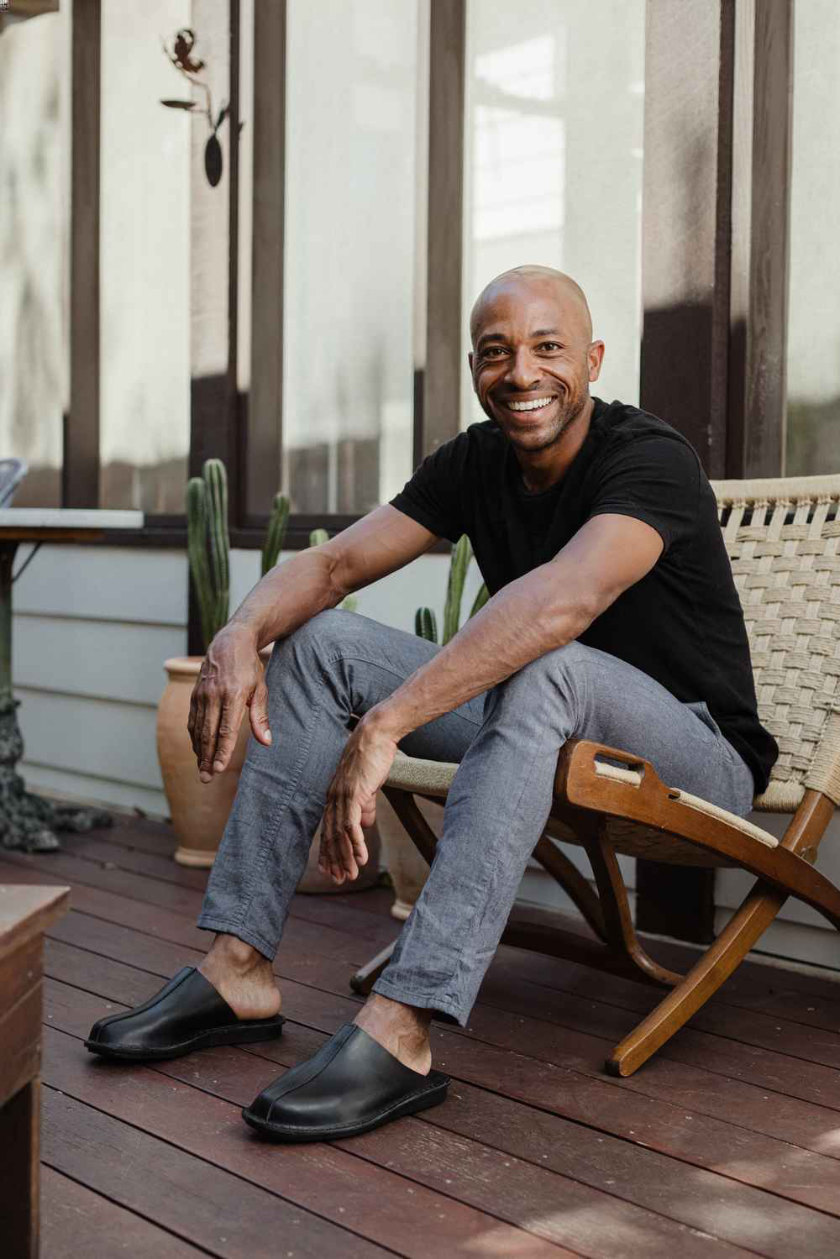
Hannah Shae Grimmer
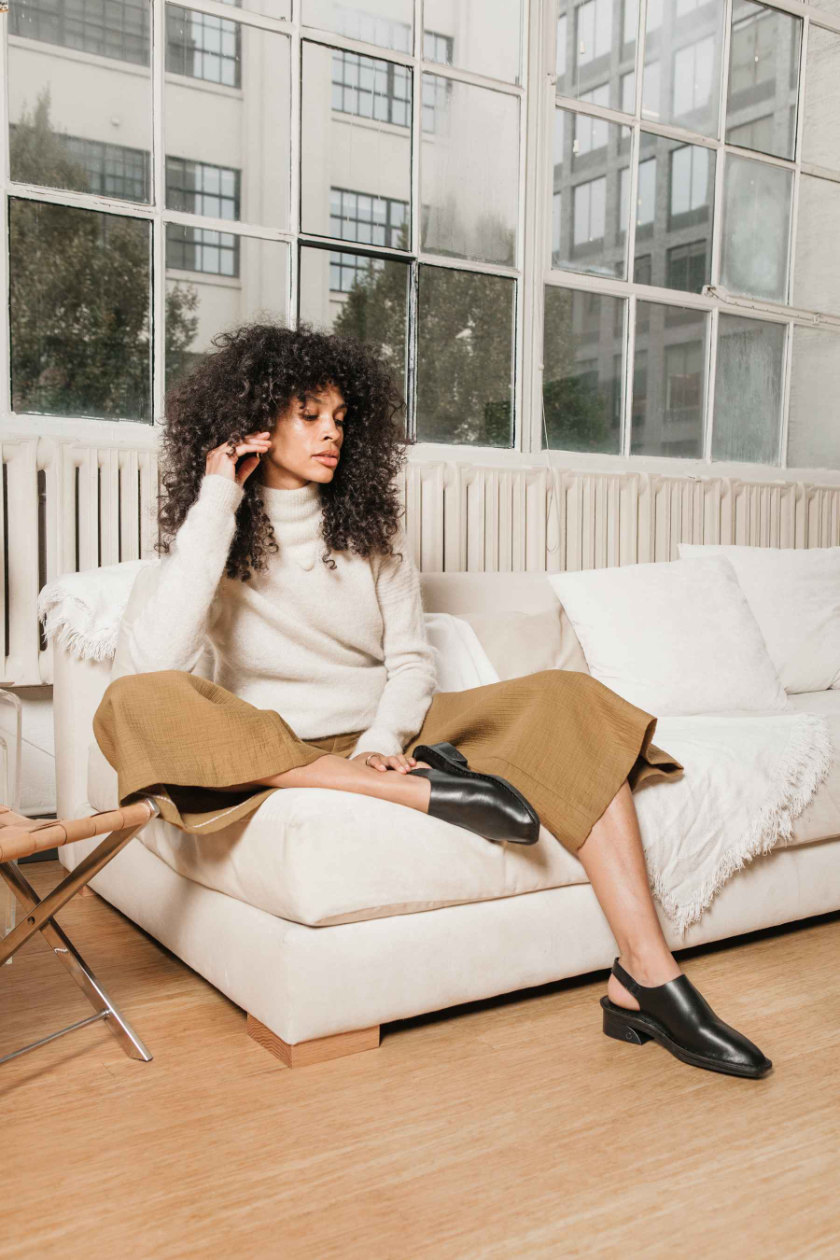
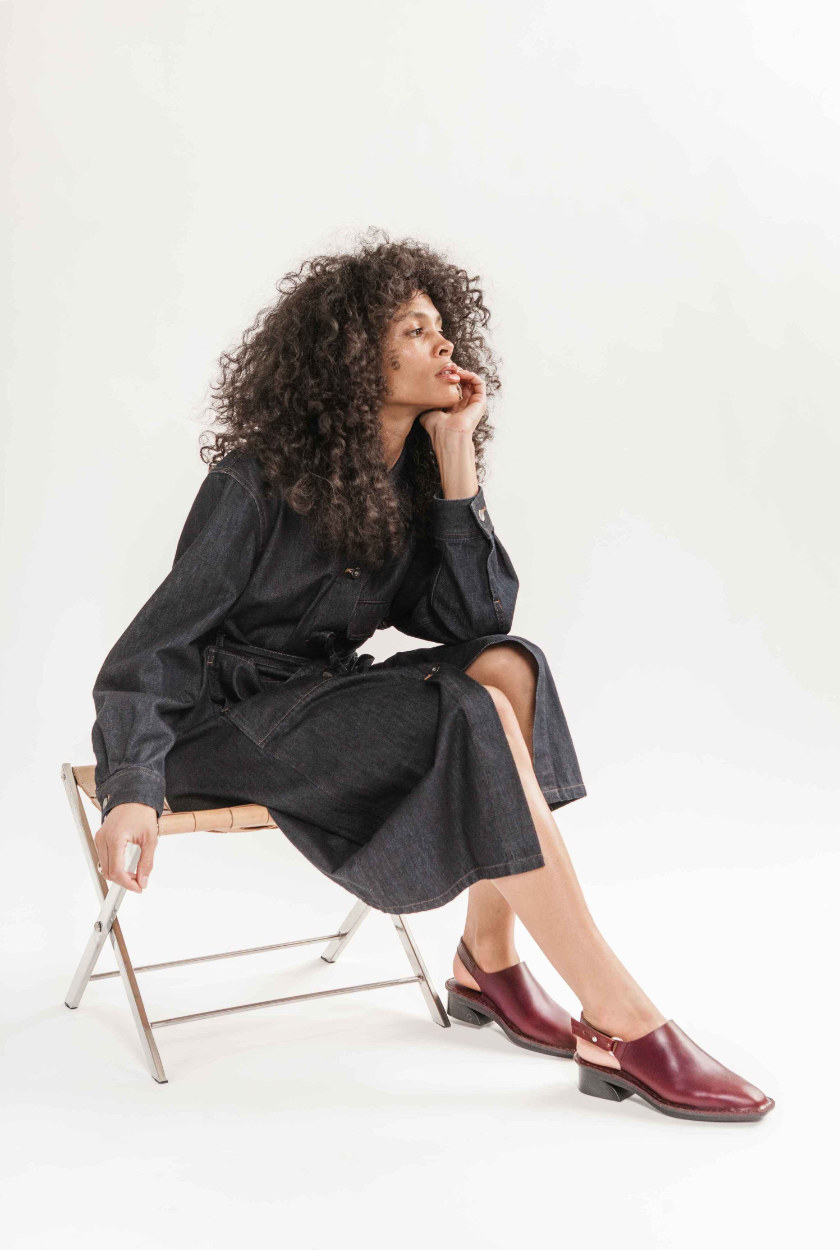
Above, from top: The Helm by Hilos Emmett mules. Designs from Hilos’s Aurora collection.
Related articles hand-picked by our editors
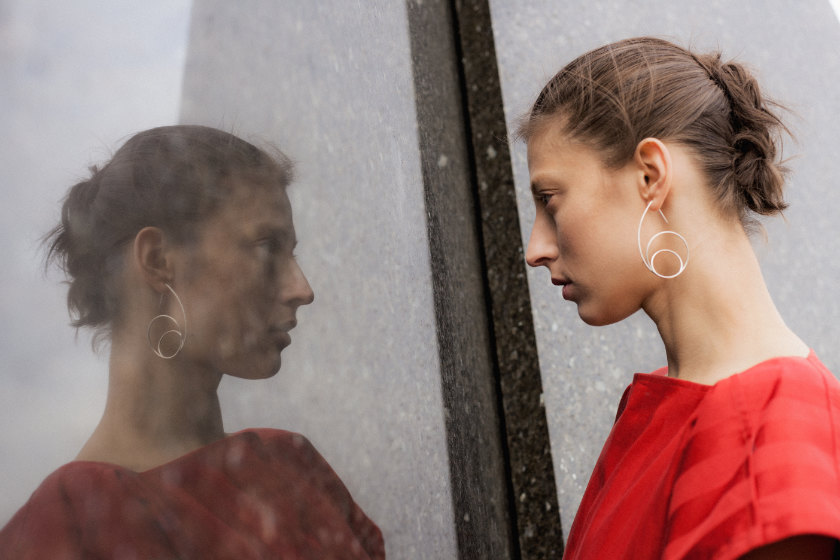
An authentic zero-waste future
Un avenir zéro déchet authentique
German designer Natascha von Hirschhausen tells Jack Yan about her ‘radically sustainable’, transparent approach to fashion design and jewellery
La créatrice allemande Natascha von Hirschhausen expose à Jack Yan son approche
Photographed by/photographié par Kerstin Jacobsen
From issue 44 of Lucire and the April 2022 issue of Lucire KSA
Dans le 44e numéro de Lucire et le numéro de l’avril 2022 de Lucire KSA
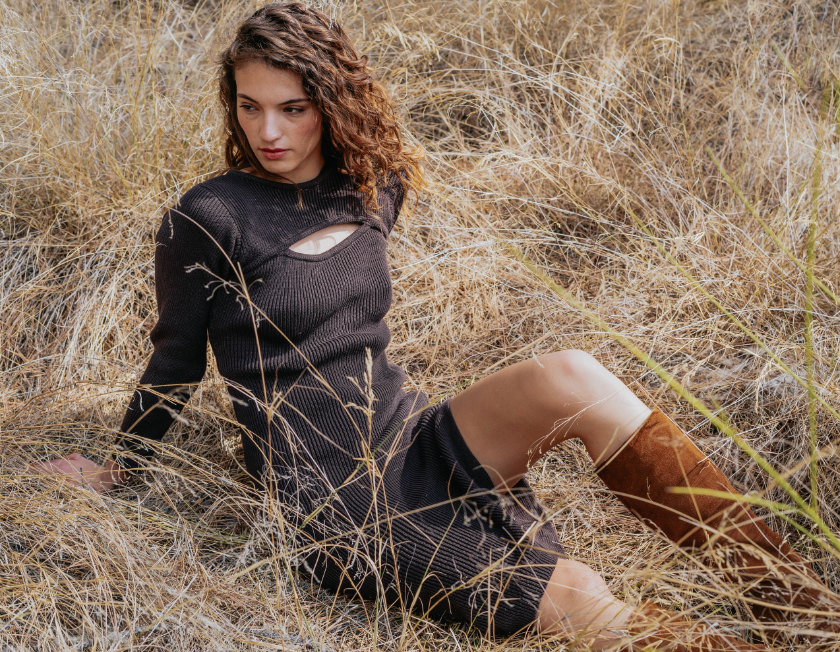
All the love in the world
Lauren DeCarli of Paneros Clothing has ensured that her brand stands up to scrutiny when it comes to its claims of sustainability. Jack Yan looks at the Los Angeles-based eco-fashion label
First published in Lucire issue 44 and in the November 2021 issue of Lucire KSA
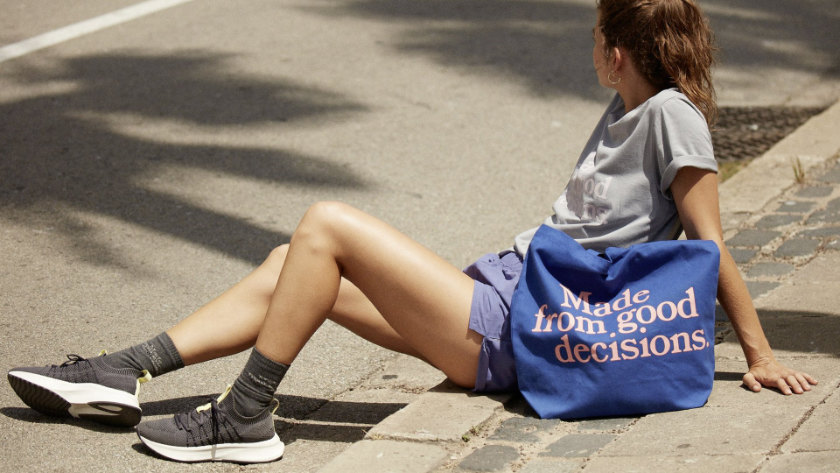
Earthly soles
A shoe made from plants? That’s exactly what Zen Running Club has achieved, writes Elyse Glickman